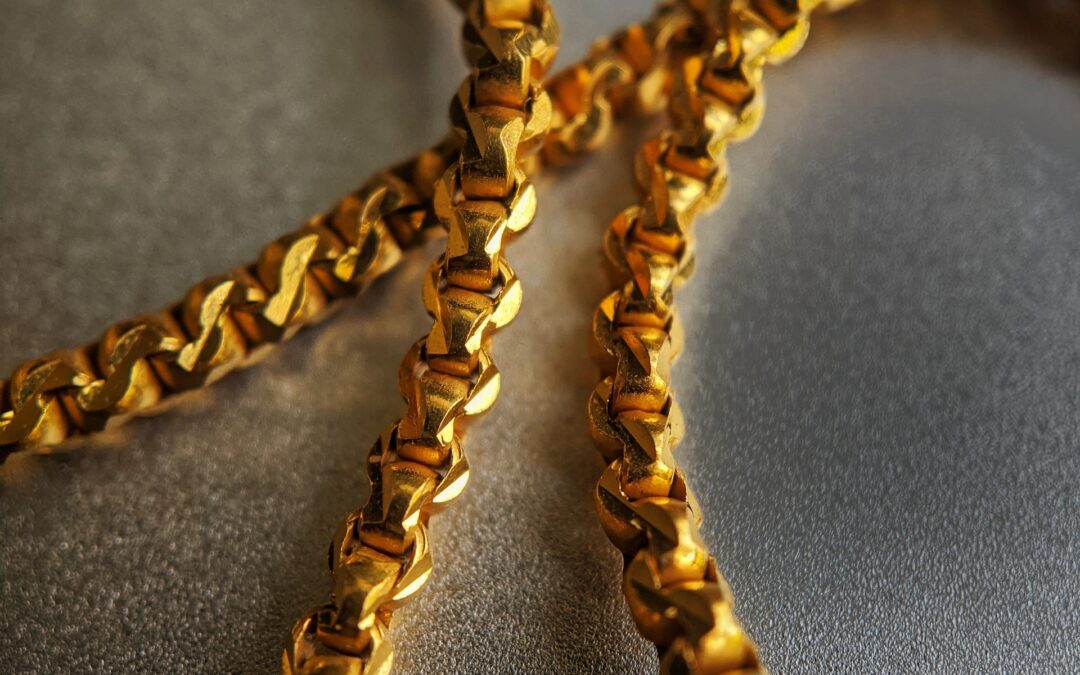Jewellery has always been an integral part of culture and identity, serving as an important form of self-expression and an emblem of heritage. Jewellery design varies greatly across cultures and regions, reflecting the diverse aesthetics, traditions and customs of different societies. In this article, we explore the ways in which culture influences jewellery design, including differences in gold purity and style preferences.
Gold Purity Across Cultures
Gold is a universally treasured metal, appreciated for its beauty, rarity, and value. However, different cultures have varying standards when it comes to gold purity. In Western countries, 14K or 18K gold is most commonly used for jewellery, while in many Asian and Middle Eastern countries, 22K or 24K gold is preferred (or expected).
The reason for this discrepancy is rooted in cultural beliefs and traditions. In many Asian cultures, gold jewellery is often viewed as an investment and a form of security, rather than purely an accessory. In countries like India, Pakistan and Bangladesh, gold is traditionally gifted at weddings and other significant life events, and is considered a symbol of wealth and prosperity. Gifting gold of low purity comes with negative implications.
On the other hand, Western cultures tend to view jewellery as a more temporary or fashionable item, and hence may prioritise the look and style of a piece over its gold purity. Nonetheless, there has been a growing trend in recent years of people opting for higher purity gold jewellery as a reflection of their personal values and appreciation for quality and craftsmanship.
Style Preferences Across Cultures
The style of jewellery is another aspect that is heavily influenced by culture. Different regions and cultures have their own unique aesthetics and design sensibilities, which are often reflected in their jewellery styles.
In general, some cultures tend to favor more minimalist and understated designs, while others prefer maximalist and intricate designs. For example, Japanese culture is known for its clean lines and simple yet elegant designs, with focus on materials such as pearls and colored gemstones. Similarly, Scandinavian jewellery design is characterised by its simplicity and minimalism, often using geometric shapes and abstract forms.
In contrast, Middle Eastern and Indian jewellery design is characterised by its ornate and elaborate designs, with intricate details and vibrant gemstones. The opulence and luxury of these designs reflects the cultural emphasis on wealth and status, as well as the celebration of life’s special moments.
A Diverse Range of Jewellery Styles
In conclusion, jewellery design is a reflection of the diverse cultures and traditions that make up our world. The purity of gold and the style of jewellery can differ greatly across regions, reflecting the unique aesthetics and values of each culture. As jewellery enthusiasts and designers, it is important to appreciate and celebrate this diversity, and recognise the beauty and significance of jewellery as an emblem of cultural identity and heritage.
At OM Gold & Diamonds, we take pride in creating jewellery designs that reflect the diverse and vibrant cultures of our clients. Whether you prefer minimalist or maximalist styles, we strive to create pieces that are not only beautiful and timeless, but also meaningful and reflective of your personal style and cultural identity.

